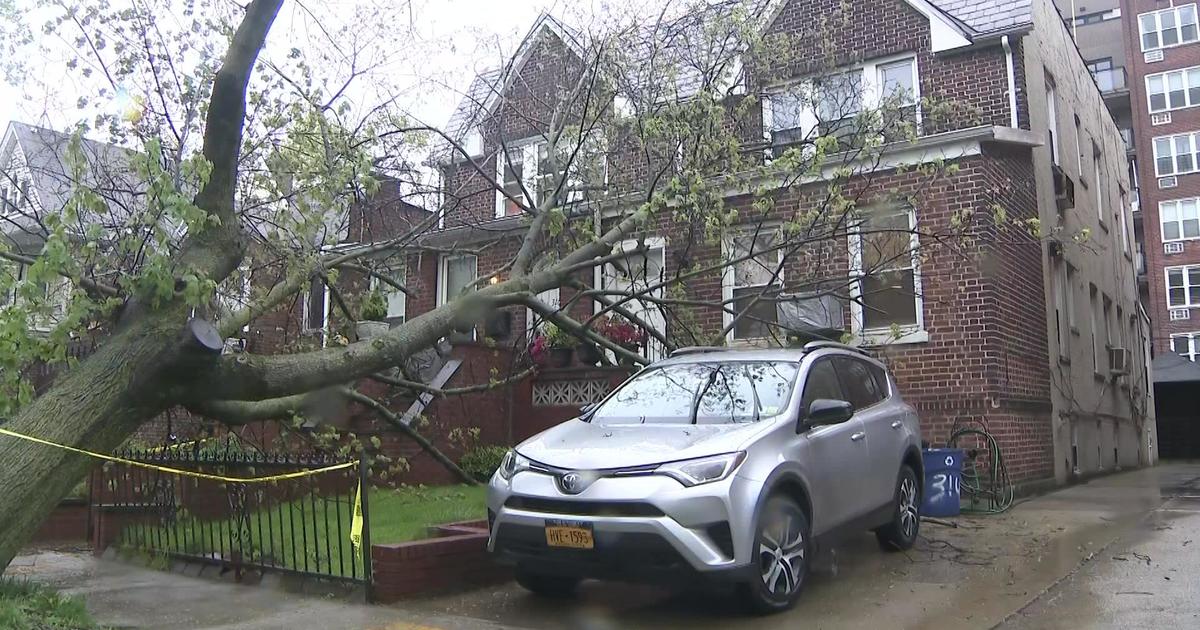Crawl Spaces Could Be Keeping Threatened Bat Species Alive On Long Island
STONY BROOK, N.Y. (CBSNewYork) – Hanging out in the crawl space beneath your home could be the key to the survival of a threatened bat species.
As CBS2's Vanessa Murdock reported, scientists want to know for sure but need your help.
Small enough to fit in the palm of your hand, the Northern Long Eared Bat gets a reasonable response.
"Bats, I love them. They're cool looking," one man told Murdock.
"They fly in the summer, eat mosquitoes," said another.
"They don't bother me," a woman added.
If the flying mammals found their way into their homes and decided to call 'dibs' on the crawl space, would opinions change?
"That would kind of freak me out a little bit," one woman said.
"I don't know about that one. Ten to one, I'll get them out of there," a man added.
But Kevin Jennings, a wildlife biologist with the New York State Department of Environmental Conservation, says he'd be excited to find a bat in his crawl space. He hopes people will leave the creepy critters calling their places home alone.
White nose syndrome, a fungal disease, has decimated the bat population. But on Long Island, they seem less susceptible.
"We think that the bats going into people's crawl spaces might be part of the reasons as to why they're doing better much better here on Long Island than they are in the rest of the state," Jennings explained.
He said this type of bat typically hibernates in caves and abandoned mines. But they don't have those on Long Island.
Scientists want to figure out what it is about the space that might help bats survive.
The NYS DEC has already found bats in a crawl space in East Hampton. Jennings said the bats eat insects and this type of bat is not known to attack humans, WCBS 880's Sophia Hall reported.
So if you have a crawl space, may your ears perk up -- the NYS DEC needs your help and wants you to volunteer your crawl space for inspection.
"We're going to go in and hopefully look for and find a bat just hanging on the wooden beams," said Jennings.
The department will capture photos and measure temperature and humidity using tiny sensors.
"Even if you don't know if you have bats in that crawl space, we're still interested in taking a look," Jennings said.
Because something in the dark, dingy spaces seems to be protecting bats from white nose syndrome, and researchers want to know what it is – for the good of all.
The New York State Department of Environmental Conservation wants to focus its efforts on Suffolk County, specifically the East End.
If you'd like to volunteer, email Jennings at kevin.jennings@dec.ny.gov.



